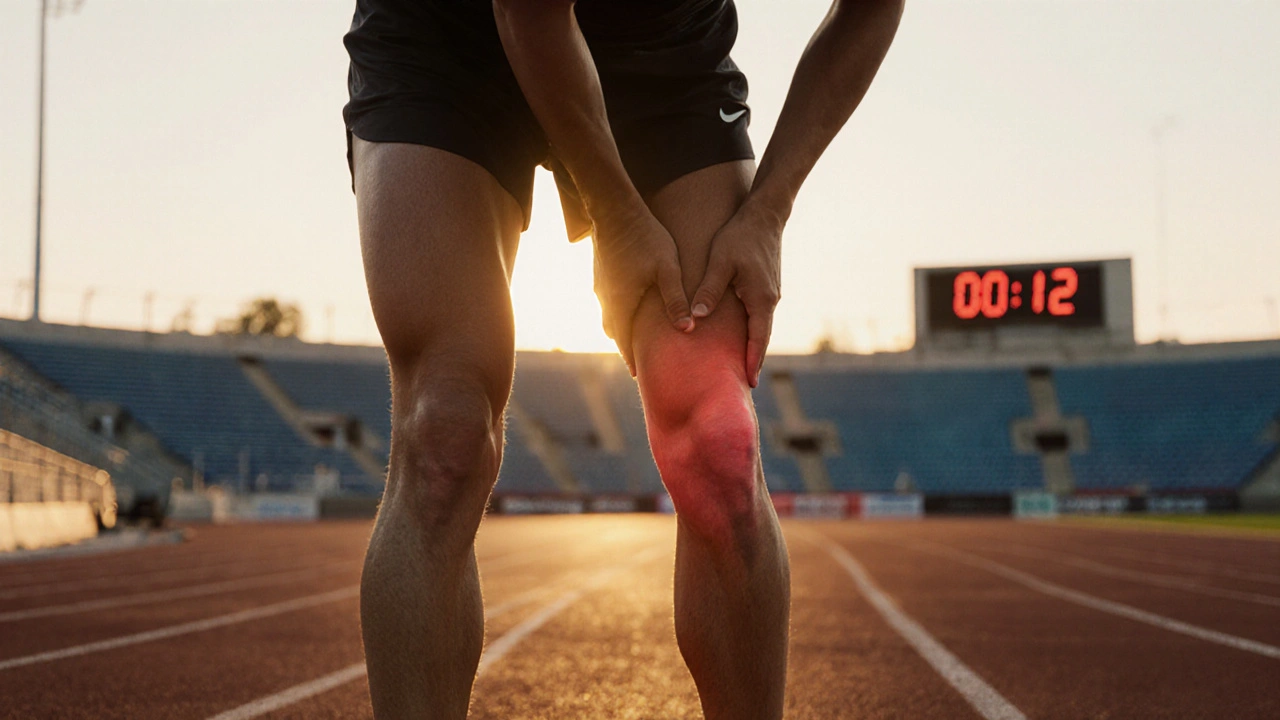DOMS – Understanding Delayed Onset Muscle Soreness
When dealing with DOMS, Delayed Onset Muscle Soreness that typically peaks 24‑48 hours after strenuous activity. Also known as post‑exercise muscle pain, it signals micro‑tears and inflammation in muscle fibers, most people just chalk it up to a “bad workout.” In reality, DOMS is a natural repair process that tells your body it’s rebuilding stronger tissue. The chain reaction starts when intense contractions cause microscopic damage, which releases inflammatory chemicals. Those chemicals attract white blood cells, leading to swelling and the familiar ache. While the soreness itself isn’t dangerous, ignoring it can slow recovery and increase injury risk. Understanding DOMS lets you separate normal repair from warning signs that need medical attention.
Key Factors That Influence DOMS
Three forces shape how badly you feel the next day: Exercise, any activity that stresses muscles beyond their usual load, your body's Hydration, the level of fluid balance that supports cellular function, and the degree of Inflammation, the immune response that causes swelling and pain. When you jump into a new routine, eccentric movements—like lowering a weight or running downhill—create the most strain, so DOMS spikes. Proper hydration keeps blood volume up, which helps transport nutrients and flush out metabolic waste that can aggravate inflammation. On the flip side, dehydration thickens blood, making it harder for immune cells to reach damaged sites, which can lengthen soreness. Nutrition also plays a part; protein supplies the building blocks for repair, while antioxidants from fruits and vegetables can dampen excess inflammation. All these pieces interact: more intense exercise raises inflammation, adequate hydration and nutrition moderate it, and together they dictate how quickly you bounce back.
So, what can you do to tame DOMS without sacrificing gains? Start with a gentle warm‑up that gradually raises heart rate and blood flow to muscles—this primes the repair system. After the workout, keep moving with low‑intensity activities like walking or light cycling; active recovery promotes circulation and speeds waste removal. Re‑hydrate with water or electrolyte drinks within the first hour, then sip consistently for the next 24 hours. Consider a protein‑rich snack (e.g., Greek yogurt or a protein shake) to fuel muscle rebuilding. If soreness feels stiff, a brief bout of foam‑rolling or a warm bath can increase tissue elasticity and reduce pain. For those who like supplements, omega‑3 fatty acids and curcumin have modest evidence for easing inflammation. Finally, give yourself enough sleep—growth hormone released during deep sleep is a key player in muscle repair. By aligning exercise intensity, hydration, and recovery tactics, you’ll transform DOMS from a dreaded side effect into a sign that your body is getting stronger. Below you’ll find a collection of articles that dive deeper into each of these topics, from hydration strategies to safe ways to purchase the supplements that support muscle recovery.
How Muscle Aches Hurt Athletic Performance and How to Fix It

Discover how muscle aches impact strength, speed and coordination, and learn proven recovery and prevention strategies to keep athletic performance at its peak.
